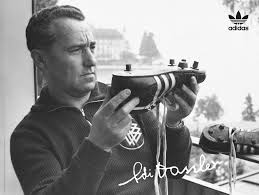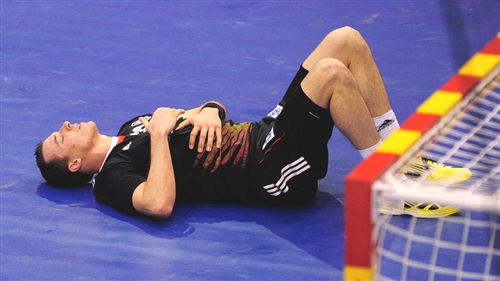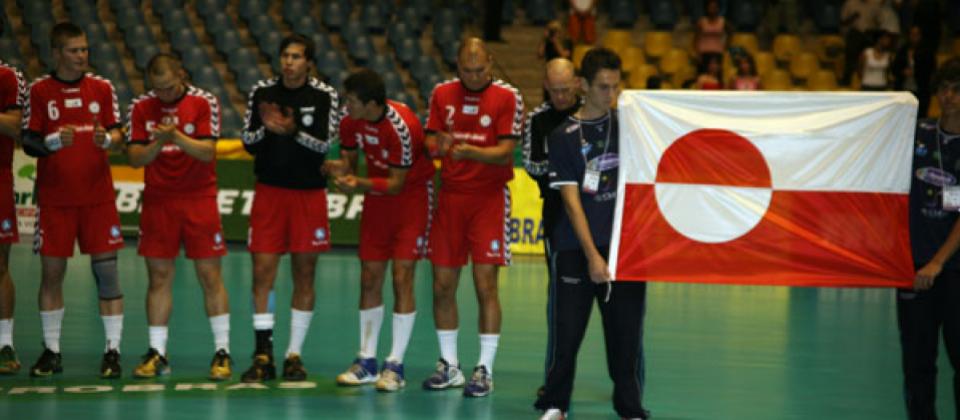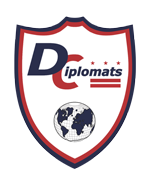In 1971, a few years before I moved from Goteborg, Sweden, to Washington D.C., I had an interesting assignment in the context of being a referee not just in handball but also in football. The (West) German national team was coming to Goteborg for a game against Sweden, spending a whole week at a small sports hotel in the area. I was then asked to serve as the host/liaison on behalf of the Swedish Federation, accompanying the team around the clock. The team at that time had established or emerging stars such as Beckenbauer, Breitner, Vogts, Mueller, Maier and Hoeness. But as guests accompanying the team were ‘three generations’ Dassler: Adi with wife, and son Horst with wife and daughter.
As the team had its strict schedule with focus on practicing, many of my duties were instead with the Dassler family. I remember Adi as a shrewd but modest man, in line with his background as a cobbler turned business mogul, not interested in making a fuss but enjoying the perks. His main obsession was to sit in the front of the bus or the car and observe and assess the job of the motorcycle police escort! The one story I got out of him was his pride about his breakthrough when he supplied shoes to Jesse Owens at the Berlin Olympics in 1936. (A rather odd situation for someone who soon thereafter became a known Nazi sympathizer, producing boots for the German army during the World War).
Adi’s wife was entirely charming. Towards the end, Adi wanted to offer me a tiny pair of souvenir shoes as a ‘thank you’. But his wife reproached him: “the young man has told us he is a referee, so please make sure he gets a real pair of shoes that he can use”, was her comment… By contrast, the relations between the old couple and their son seemed to be a bit strange or strained. It struck me that Horst seemed unable to hide some contempt for the old habits and style of his parents. He frequently needed to attend to business matters in the city center, and unlike his father he showed little interest in what was going on with the team. And more generally, there was an arrogance about him that was not very attractive.
Moving on from my own encounter with the family, it could be noted that at the time I met them, Horst had already taken over the main responsibility for the company from his then 70-year old father, and he soon also started up Adidas France and the Adidas swimwear subsidiary Arena. But it seemed he was never content with being just involved with sports equipment. As a major sponsor, he had seen the money involved in the hosting of big events and the holding of the rights to TV broadcasts and marketing. So in 1982, just a few years before his early death due to cancer, he started the company International Sport and Leisure (ISL). He became a close associate with IOC and IAAF but especially FIFA.
In these early years of the ISL, and while still in charge of Adidas, Horst Dassler acquired a new employee and protégé, none other than the former Olympic fencer, Thomas Bach. It seems that Dassler with his contacts was also a key person in getting Bach into the IOC circles, initially as a member of the Athletes’ Commission, which ten years later led to the nomination as an IOC member. This could all have sounded rather innocuous, had it not been for what gradually became the revelation of Dassler’s business methods and the ISL’s reputation. If one wants to find out all the gory details about the workings of the ISL until its collapse in 2001, then there is a vast spectrum of web sites where one can find the story from multiple perspectives. So I will only add a few sentences to give a sense for it.
The ISL essentially bought up TV and marketing rights from IOC, FIFA, IAAF (track & field), FINA (swimming), ATP (tennis) and many other organizations, and then sold the rights to sponsors, broadcasters and license holders. But as was openly admitted both at the time and now afterwards, in that business the rights cannot just be obtained in fair competition and for an agreed amount of money. What makes the deal possible is the bribery involving those key figures in the respective sports organizations who decide where the rights are going. And this has over the years implicated IOC members, FIFA executives and others, who have had to resign. But as of this day, the names of most of the recipients of the bribes remain a secret, the revelation of which would really shake up the world of sports. And there is also a question of vast amounts of money still hidden somewhere. So, as the Forbes magazine recently put it, ‘the web woven by Dassler still ensnares the world of soccer’.
While there is little doubt that Horst Dassler started and nurtured a venture that has become the symbol of corruption in the world of sports, I want to emphasize that Thomas Bach has never been implicated in these dealings. But many, especially in Germany, find enough concerns regarding the role Dassler played in positioning and influencing Bach at a critical juncture. Through the usual notion of ‘guilty by association’ it is seen as casting a shadow over the candidacy of Bach and the opportunity he has had to make a career in the Olympic movement. Inevitably, you are judged not just by your own actions but also through the company that you have kept. It remains to be seen how relevant this may become, when added to other factors for and against Bach’s candidacy. My own conversations and dealings with Bach are far too limited to allow me to have any kind of personal judgment.

























